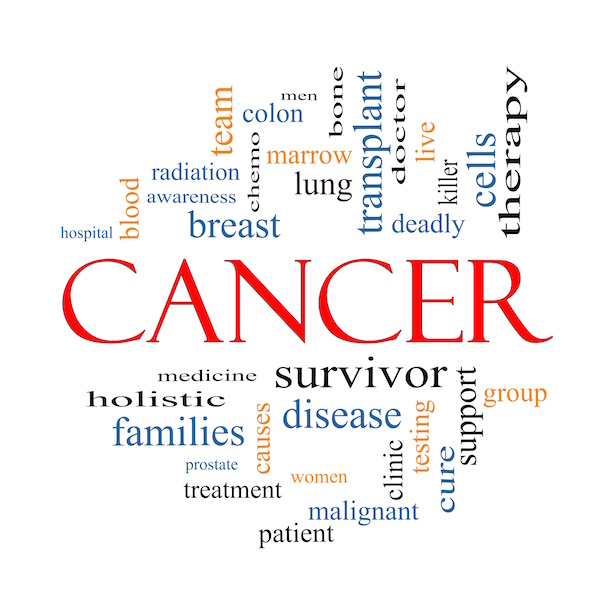
THURSDAY, May 30 (HealthDay News) — Life expectancy among less-educated white women is decreasing while their better-educated peers are gaining longevity, a new study finds.
According to the researchers, joblessness is one key factor in the the trend. The other is smoking.
“Mortality is declining for high-educated women, but is increasing for low-educated women,” said study co-author Jennifer Karas Montez, a research fellow in the Harvard Center for Population and Development Studies.
American men, regardless of education level, enjoy an increasing life expectancy, but the mortality gap is widening between white women who didn’t complete high school and those who did, the researchers said.
From 2002 to 2006, the chances of dying for women without a high school education were 66 percent higher than for women who completed high school, the researchers found.
Employment and smoking are the two factors that appear to explain this disparity, Montez said.
For the study, published in the June issue of the Journal of Health and Social Behavior, Montez and her co-author collected data on more than 46,000 white women, aged 45 to 84, who took part in a national health survey from 1997 to 2006.
The women were divided into two groups: those without a high school education, and those with at least a high school diploma.
Between 1997 and 2001, the death rate among women without a high school education was 37 percent higher than for women who completed high school. But by the years 2002 to 2006, that disparity increased to 66 percent, the investigators found.
To explain this finding, the researchers looked at economic factors including employment, occupation, poverty, home ownership, health insurance and health factors including smoking, obesity and alcohol consumption.
The two factors that stood out from the others in explaining the widening gap were employment and smoking, the study authors noted.
“Our study found that the increasing importance of education for employment and smoking behavior were the most important explanations for the growing gap in mortality risk across education levels among white women,” Montez said. “We found little support for explanations such as obesity, marriage and mental health.”
Policies aimed at improving the health of U.S. women should focus on improving their social and economic circumstances, Montez said.
“The obstacles are particularly high for low-educated women, who tend to have low-paying jobs with inflexible schedules,” she said.
Employment has many benefits, such as social networks and a sense of purpose, Montez said. It also builds self-esteem and offers mental and physical activity.
“Access to social networks and support through employment may have become more important in recent decades, with high divorce rates, smaller families and geographic mobility disrupting other avenues of support,” she said.
Implementing supportive work-family policies and efforts to curb smoking may help close this life-expectancy gap, Montez said.
But focusing on the positive benefits of education and employment are key, she added.
“It would be more effective to improve employment opportunities among women than it would be just increasing taxes on cigarettes,” Montez said. “We need to go after the fundamental root cause of these behaviors rather than the behaviors themselves, and employment is an important lever to accomplish that.”
Montez noted that the recent recession didn’t play a role in this study because the data only ran up to 2006. “The recession would have hit after our study ended,” she said.
Dr. David Katz, director of the Yale University Prevention Research Center, wasn’t shocked by the findings. “It’s not all that surprising to see that educational disparities correlate with vocational disparities, which correlate in turn with behavioral disparities, such as smoking,” he said.
Health and social equity are indelibly linked, he stated.
“For those who accept it, and embrace epidemiology over ideology, the availability of decent jobs and educational support may be the right medicine for what is, in the end, a social kind of disease,” Katz said.
While the study found an association between education and mortality in white women, it didn’t prove cause-and-effect.
More information
For more information on U.S. life expectancy, visit the U.S. Centers for Disease Control and Prevention.

